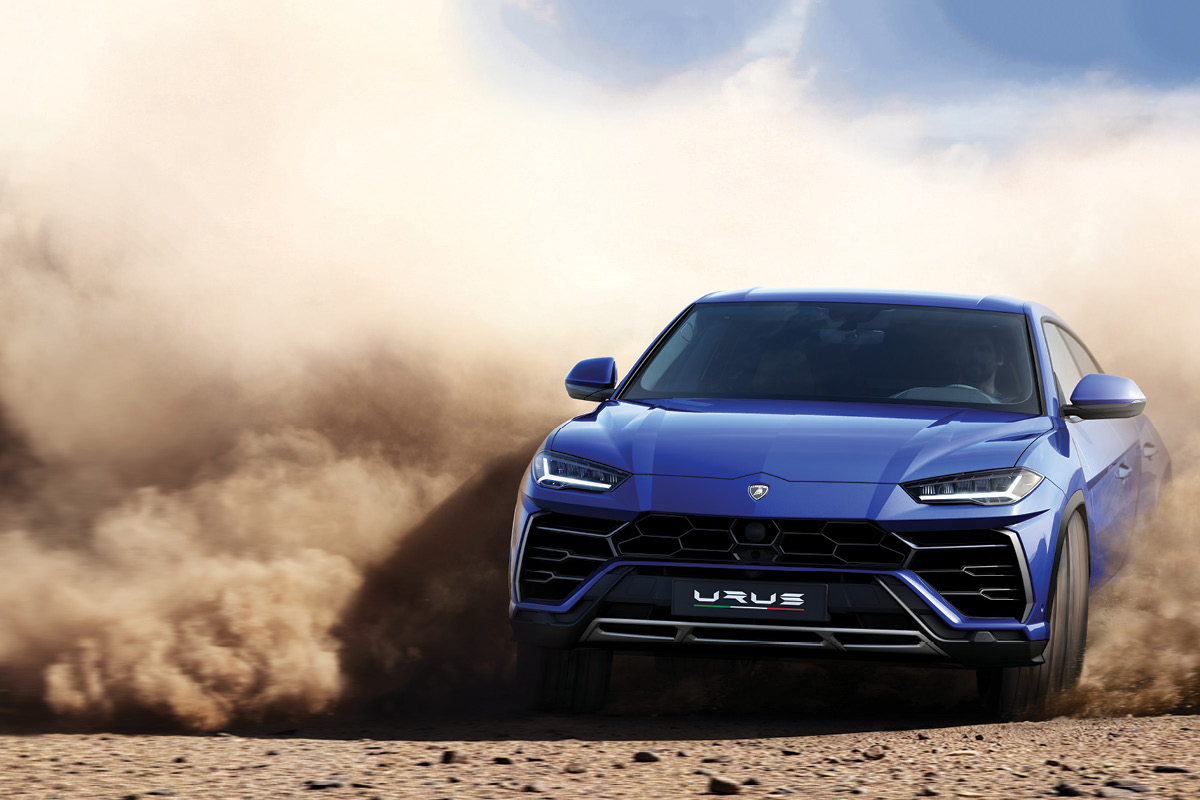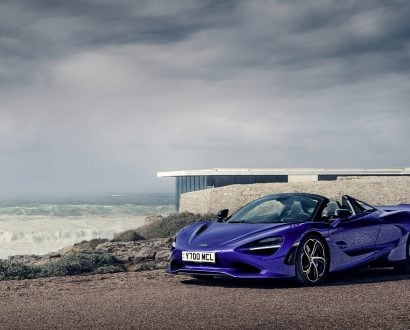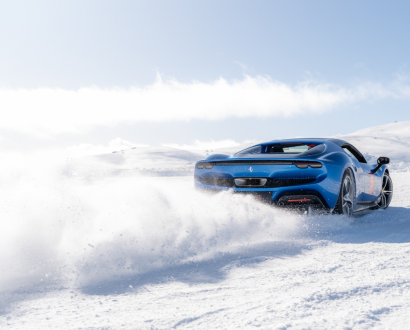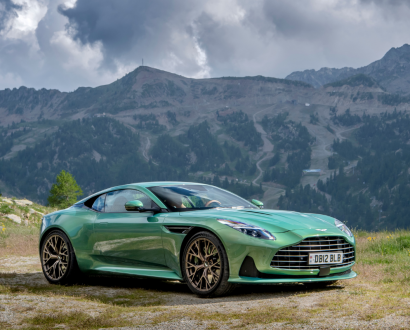This isn’t Lamborghini’s first time at the SUV rodeo. After building two prototypes in the 70s and 80s, it eventually produced the LM002 in 1986. The LM002’s jagged and highly elevated frame made it more suitable for a battlefield than a leisurely drive along the Amalfi Coast, to the point it was dubbed by motoring enthusiasts as ‘the Rambo-Lambo’. After making only 328 of the model, Lamborghini eventually stopped producing the LM002 in 1993.
Fast forward 30 years, and Lamborghini has given it another crack, this time with the Urus, unveiled at its Sant’Agata Bolognese headquarters in December last year. Unlike the other Lamborghinis that are named after famous Spanish fighting bulls – the Aventador, the Huracán, the Centenario – the Urus is actually named after the ancestor to modern cattle.
Hard-edged and with a steely gaze, the Urus stands out among Lamborghini’s herd of bulls and clearly means business, with its 650-horsepower twin-turbo V8 engine. Boasting a top speed of 305km/h and an uncanny ability to bolt from zero to 100km/h in a flashy 3.6 seconds, the Urus more than holds its ground in the impressive Italian stable.
But don’t be fooled by the menacing exterior. Weighing in at just under 2,200 kilograms – light by SUV standards – the interior of the Urus displays a welcoming elegance and luxury that invites rather than intimidates. Even though it is closely related to the Audi Q7, Bentley Bentayga, Porsche Cayenne and Volkswagen Touareg, the widespread use of carbon fibre-reinforced polymer across the vehicle gives the Urus an identity all of its own.
Try and flick the switch to Strada (street). Whoops! It looks like you’ve veered off into the dirt. Never mind, flick it again, this time to Terra (dirt). Through Lamborghini’s groundbreaking ANIMA drivingX mode selector, the Urus adjusts to practically any terrain – it also has Corsa (track), Sabbia (sand), Neve (snow) and Sport (duh!) – with a chameleon-like ease that rivals the best SUVs in the market.
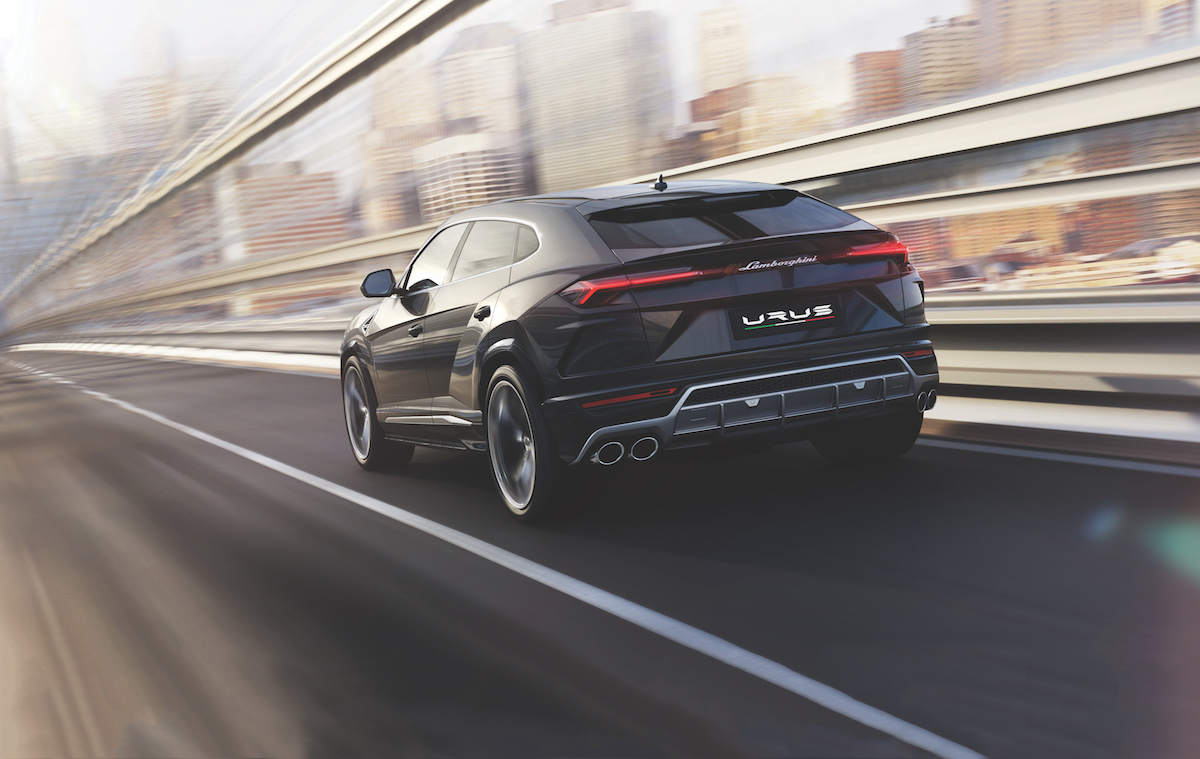
But with a price tag of A$390,000, are there enough potential customers out there for the Urus to be financially viable for the European brand? CEO Stefano Domenicali thinks so. Speaking exclusively to
“The reason I believe that the Urus is perfect for Lamborghini is because it is something that is not currently in the market. We believe there is a huge potential to not only remain current and relevant but also involve new people in our dimension,” he says.
Times have definitely changed since the days of the LM002. Now, there are more millionaires than ever, to the point that designation has lost much of its gravitas. The finance world prefers to use the term ‘high-net-worth individuals’ (HNWI). In Australia, Credit Suisse research found the number of HNWI to have grown from 200,000 to more than 1.16 million over the 12 months to mid 2017.
Lamborghini is set on capitalising on the opportunity to cater to this fast-growing demographic, usually defined as people with at least US$1 million in liquid financial assets.
It recently announced it had a view to double its overall car output by the end of 2018.
As for the Urus, Lamborghini has vowed not to cap the number of units it makes unlike for its other models. It has a target of 1,000 in the first year of production, starting from February this year. By the end of 2019, it hopes to have produced 3,500 Urus models as well as further broadened its overall dealer network from 130 to more than 160.
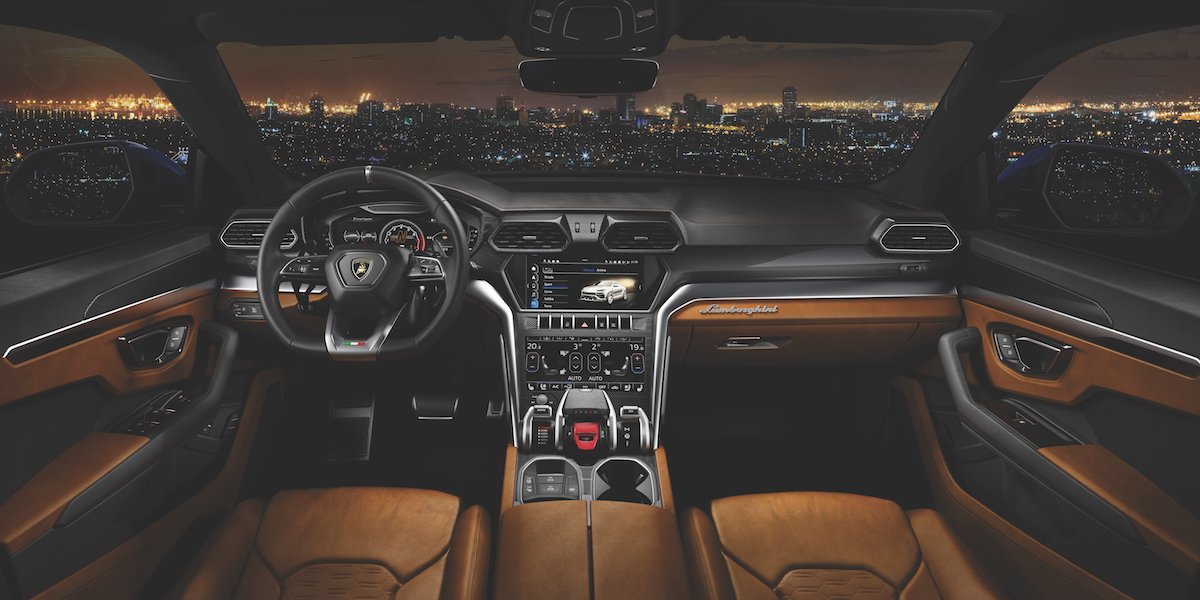
The luxury supercar manufacturer is ready to take on this challenge of reaching new customers who will have an appreciation for the brand, says Domenicali. “The level of attention we’ll have to pay towards the Urus will be different to our other models. But it is
an incredible opportunity to make sure that we stabilise our growth in the future. In any case, a Lamborghini is still a Lamborghini no matter its resting address.”
Even as it reaches for new and uncharted markets, Domenicali insists Lamborghini will never abandon its core identity. He doesn’t want to make the mistake of saturating the market with too many models, instead wanting a more balanced strategy. “While we need to monitor what [our competitors] are doing we also have to be strong on what our goals and
our DNA are because these are key to the success that we have today.”
The challenge for the Urus then is ensuring it successfully “brings in new customers who will appreciate the Lamborghini brand”. Through the SUV, Domenicali believes the Italian bull will once again position itself at the top of the range, different from all its competitors.
“We believe in making sure that in terms of design, technology and DNA the car is undeniably Lamborghini,” he says. “But you can also recognise in these dimensions something unique.”
in terms of design, technology and dna the car is undeniably lamborghini.
So the question remains: will the Urus be a landmark success for Lamborghini, or will
it become a relic of the past like its forebear LM002? Since it’s predicted that the first cars won’t hit the tarmac in Europe until May 2018 this year, the jury is still out. As for car enthusiasts in Australia, the wait is even longer.
It won’t be until the second half of the year that Australians will get their turn at the wheel and pass their verdict. One thing is for sure: Lamborghini has most definitely learned important lessons from yesteryear, and stuck to making a car that, in the words of Lamborghini Asia-Pacific General Manager Andrea Baldi, is “nice and sporty and light, embodying all the things that are Lamborghini”. On that front, the Urus SUV makes a killer first impression.

